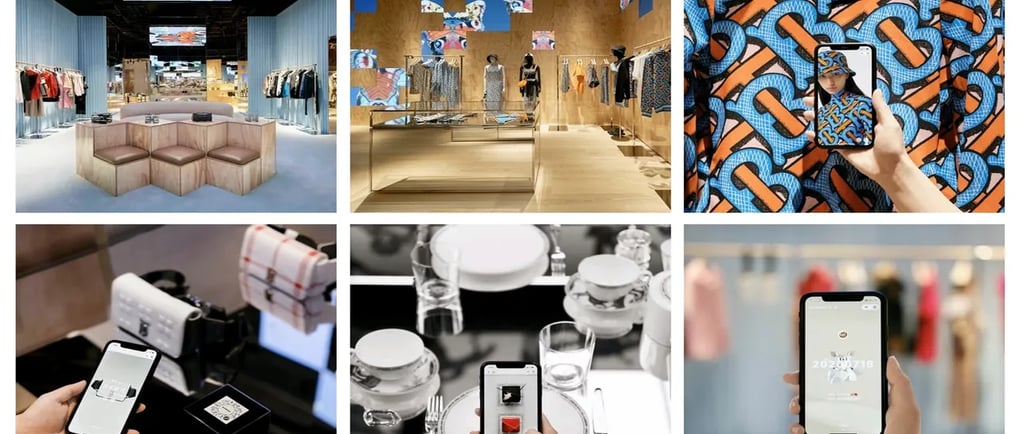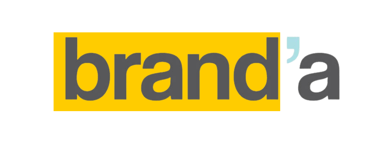Business Fluency
How fluent is your business?
ilker bayar
12/14/20215 min read


Fluency is a term used to describe a process, system, or work that is delivered smoothly through using expertise in a field. I want to address how fluency applies to strategic brand management and share some marketing tips. Though fluency is mostly associated with linguistic abilities, it applies to several different areas of business too.
For instance, fluency is one of the pillars of creativity, coupled with innovation. It stands for swift and effortless use of imagination and application of ideas to final work.
Creative thinking used in architecture, graphic design, advertising, copywriting, visual merchandising, and countless other creative areas, are all depending on fluency to be succinct and efficient. Even an untrained eye can easily grasp the basic ideas that the work expresses, given it is fluent enough.
If we go back to linguistic meaning of fluency, we can easily notice that speaking a language fluently requires understanding how the foreign language works and the way native speakers use it. This translates in marketing and brand management as understanding the customers.
Naturally, strategic marketing decisions require such fluency since we communicate with the customers in every sense of the word. Everything marketers do, in the end, aims to improve this interaction to better serve the customers.
Being consumer fluent is more than relying on data and user information. Companies need to spend more time on analysing the customers in depth by observing and interacting. Only then can companies provide the right services and products that customers are craving.
One great way of finding out what customers want is to listen. Since we can't literally interview every single customer, we can use some powerful tools at hand to listen and be informed.
Focusing on feedback is perhaps the easiest and the most direct way to get insights about customers' mind. Many seem to neglect this though. This method is perfect for all sorts of businesses -big or small- as feedback is coming straight from the customers. It is also the least costly way to measure efficiency. You don't necessarily need to operate call centres or special teams to handle customer complaints or suggestions. Firms often neglect the fact that they already have an army at their disposal: sales teams.
A company can and should employ its salespeople for this purpose and get those insights about customer satisfaction. Employees can be the most loyal brand ambassadors if you show them the way and empower them through the right training and policies.
If you are an SME, you may think that you don't have the means but it's actually simpler than one might think. All you need is to create a mechanism that will allow employees to get the feedback from the customers -without interrogating- and deliver it to the management with as much detail and transparency as possible. Even if the feedback is about them and it is negative. Usually, small business owners are in direct contact with their customers on a regular basis and therefore are in control of this process.
Through qualitative consumer research or questionnaires, companies can also learn a lot about consumer behaviour. Why do they shop from you? What do they really want? What are their preferences? What do they hate about your business? The more companies know about potential and ongoing customers, the more informed their choices will be. However, this is a process that is rather time consuming and pricey. But it is definitely worth it.
Trends in an industry are also valuable indicators which can help brand management consultants and business owners to design or improve their business activities. Companies such as Deloitte, McKinsey&Co, Bain & Co, Accenture and many others provide free reports that include such vital information.
There is an abundance of FREE information on the internet if you know where to look. Many small businesses and owners are not present on platforms like LinkedIn, or they rarely use them. On such sites, there are so many marketing consultants and professionals looking for ways to extend their network and attract more customers themselves. In order to do that, they are sharing their expertise through posts and blogs for FREE. That's exactly what I am doing here. Hello!
So if you are a business owner, you need to follow these professionals and be on as many platforms as you can be to stay informed and use these insights to manage your business fluently. You can find the right professionals to work with or even become your own marketing guru for your own business. Sounds too good?
Speaking of platforms, social media is another platform to see the customers in action. To become more customer fluent, you can simply observe them and their interactions with your brand and competitors. You can get inspiration to design your own personal way of communication with your customers.
An analysis of contexts or reactions to topics rather than the reach of the posts would be more efficient. Instead of counting the number of likes for a post, it's better to read the comments to see if there is any interaction, both positive and negative. And if you can, try to directly interact with the people. I see so many customer comments below posts that are not replied by companies. They go unnoticed and I deem them as massive waste of potential. Not every effort will turn into more sales or convert people into loyal customers but it's a great way of connecting with people to learn more and leave good impressions.
On another note, after observing social media channels, you can choose a much different style than your competitors too, as long as your communication resonates with your customers. After all your brand is unique and you are in charge of how you want your customers to perceive your brand. Once you understand what clicks with your customers, your communication will become much more fluent. Small businesses can do this with ease due to the limited number of interaction.
Social media is still a mystery to firms because we don't know how people will react. There are so many examples how campaigns backfired. Here's a good read from Forbes. Nevertheless, it is a place to stay informed and look from a human psychology perspective. How old are our customers? What are their interests? Which topics are hot? What makes them passionate? Are there really big differences between Baby boomers, Gen X and Millennials? You and your teams can make your own observations to choose your own way based on all those insights.
You can even design offline content such as campaigns that are inspired by the social media. Wouldn't it be so valuable?
Understanding customers and becoming more fluent can help you in numerous ways; managing points of purchase for smooth shopping experiences, designing higher quality products or adding functions that customers are looking for, improving your processes to ensure your customers are less frustrated, inventing services that will make your customers more satisfied. Fluency can be applied to several different areas of business and guide you to plan marketing. So how fluent is your business?
Consultancy
Expertise in fashion and luxury branding.
Training
Agency
hello@branda.website
+447861276382
© 2025. All rights reserved.
